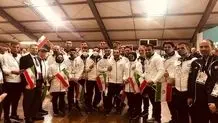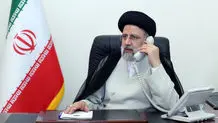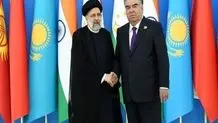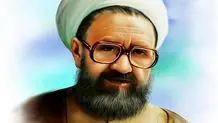Eid al-Fitr traditions in Iran
Muslims across the globe celebrate the very first day after the holy month of Ramadan by doing some rituals based on the traditions of the area they live in.
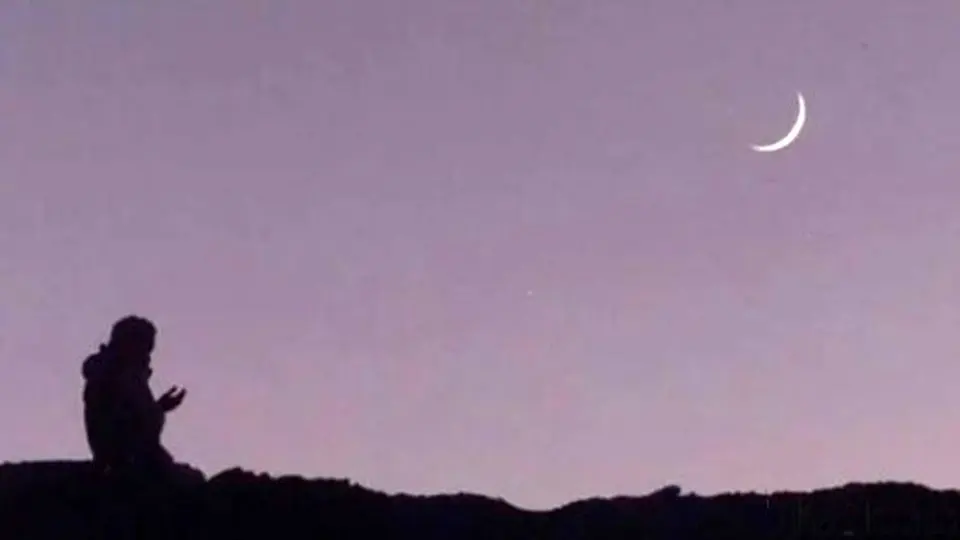
MEHR: Muslims across the globe celebrate the very first day after the holy month of Ramadan by doing some rituals based on the traditions of the area they live in.
On Eid al-Fitr, Muslims thank and show gratefulness to Allah (God) for offering them health and resistance during Ramadan. They wear new clothes, prepare special delicacies, do charity, and get together with their loved ones.
People of Iran, like other Muslims around the world, mark the Islamic event of Eid al-Fitr after a month of fasting from dawn to dusk.
Since Iran has lots of different ethnicities, the People of each of the Iranian provinces have almost their unique traditions for every occasion, including the holy Eid al-Fitr.
One of the most famous rituals of Eid al-Fitr is prayer. Eid al-Fitr is one of the recommended prayers held as a congregational prayer on the morning of the Eid during certain ceremonies. The prayer will be held everywhere in the country.
Other main traditions which are related to the Eid al-Fitr include observing the moon, buying and wearing new clothes, giving food and money to the poor, and paying Zakat Al-Fitr.
Eid al-Fitr in Guilan and Mazandaran:
People in the north of Iran, living in the province of Guilan and Mazandaran, will gather on the last night of Ramadan to have the iftar with their relatives.
They celebrate Eid by wearing local clothes and having their food in the nature.
The people of Guilan and Mazandaran also give out charities on Eid al-Fitr.
Eid al-Fitr in Hormozgan:
The people of Hormozgan province, like other provinces, have special customs on Eid al-Fitr, and the Baluch and Sunni residents of Hormozgan hold special ceremonies on this Eid.
Eid is of special importance for the people of Hormozgan so they congratulate each other for 3 days.
They pay the Zakat Al-Fitr before the prayer and after the prayer, they will go to cemeteries and pray for the dead.
They will also wear new clothes and gather in the house of an elder people of the family for the lunch.
Eid al-Fitr in Kerman:
The Kermani people, like other Muslims, perform Eid al-Fitr prayers on the day of Eid and help the needy.
They also visit their relatives who have recently lost a dear one and offer their condolences.
Praying for the dead and visiting family members are among other rituals of the Eid in Kerman.
Eid al-Fitr in East Azarbaijan:
Elder people in this area used to go on the roofs to observe the new moon.
Azari people read Duas after they observe the moon of Shawwal.
Eid al-Fitr in Eastern Yazd:
People of Yazd on Eid day fulfill their vows and give out free food as charity.
Yazd's women would also bake cookies and bring them to the house where they attended Quran recitation ceremonies during Ramadan.
Eid al-Fitr in Lorestan:
People of Lorestan prepare themselves for the Eid by cleaning their houses and washing their valleys.
The women of Lorestan will make Halva, a traditional sweet, and share it with the neighbors and family members.
Lots of Lorestan's couples will choose the day of Eid al-Fitr for holding their wedding ceremony.
Eid al-Fitr in Kohgiluyeh and Boyer-Ahmad:
Eid al-Fitr is a day of reconciliation in Kohgiluyeh and Boyer-Ahmad. According to the old traditions, on this day, the elders mediate to remove the resentment between the people.
آخرین اخبار Report را از طریق این لینک پیگیری کنید.

